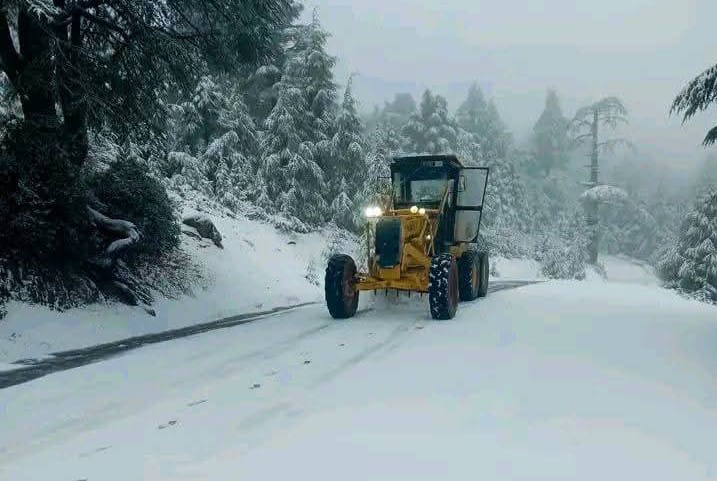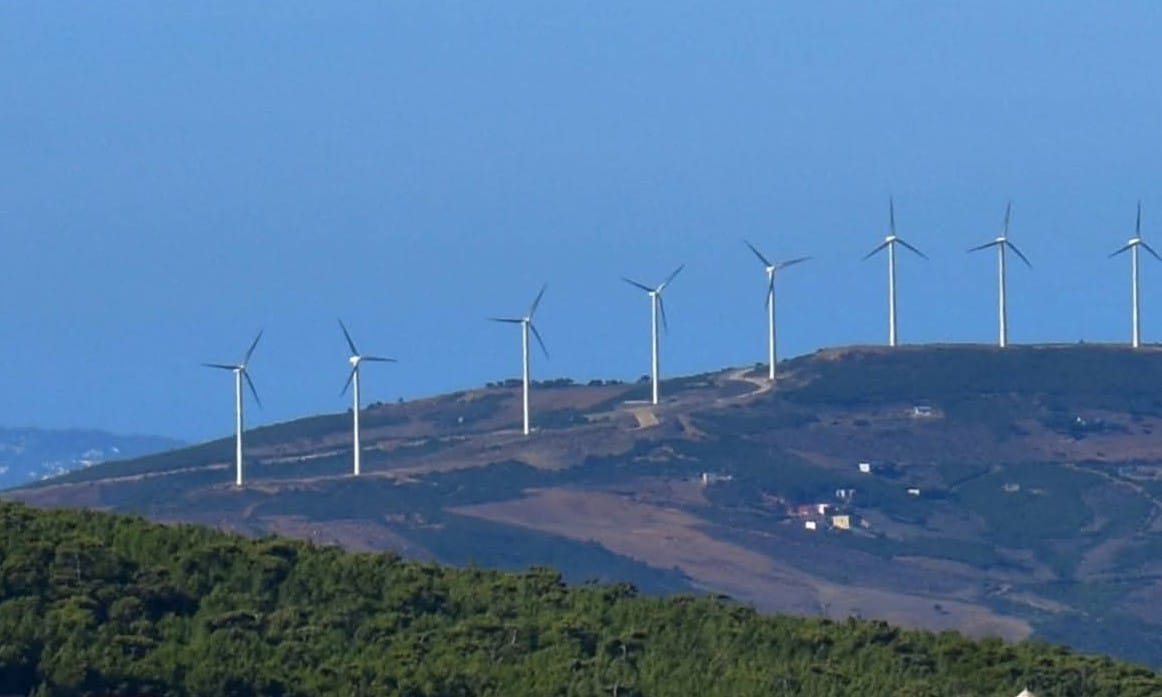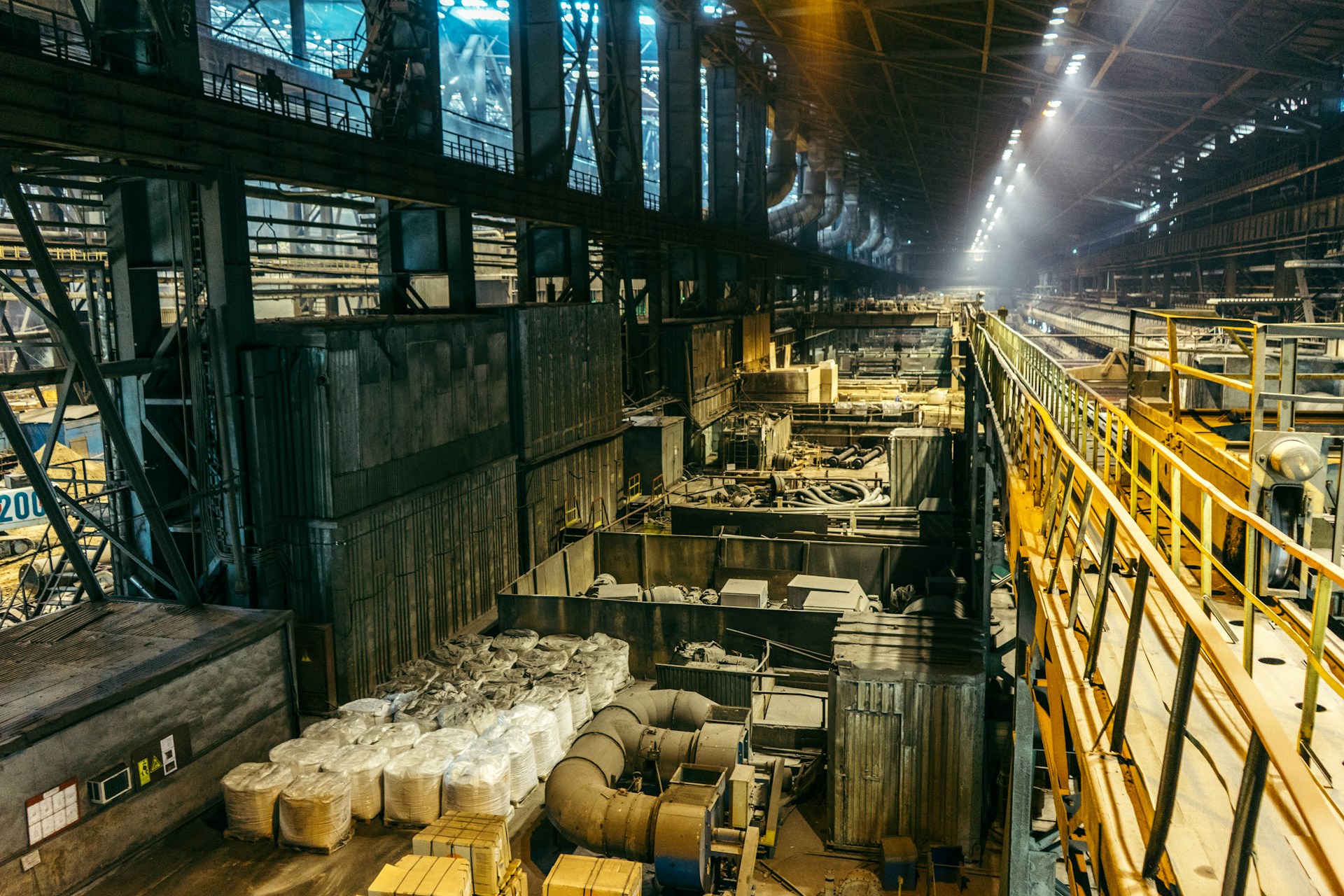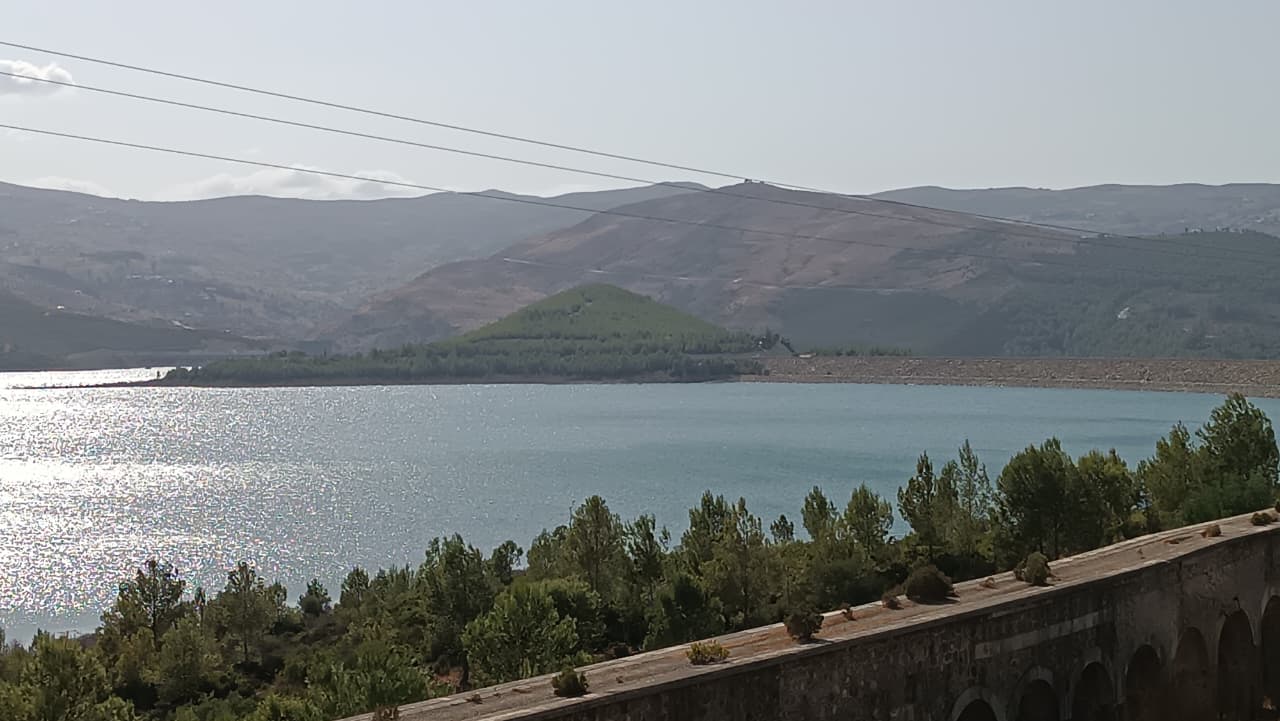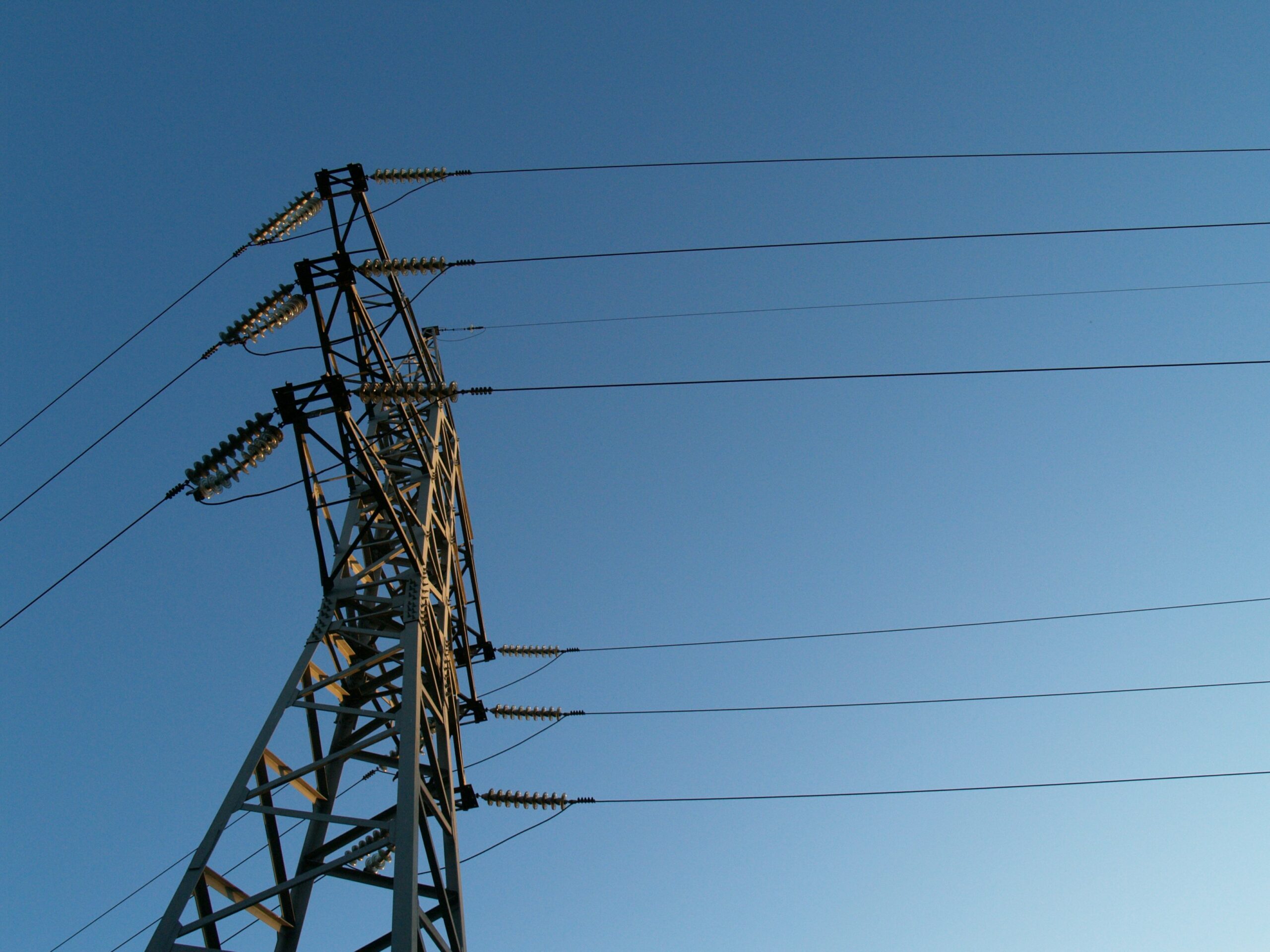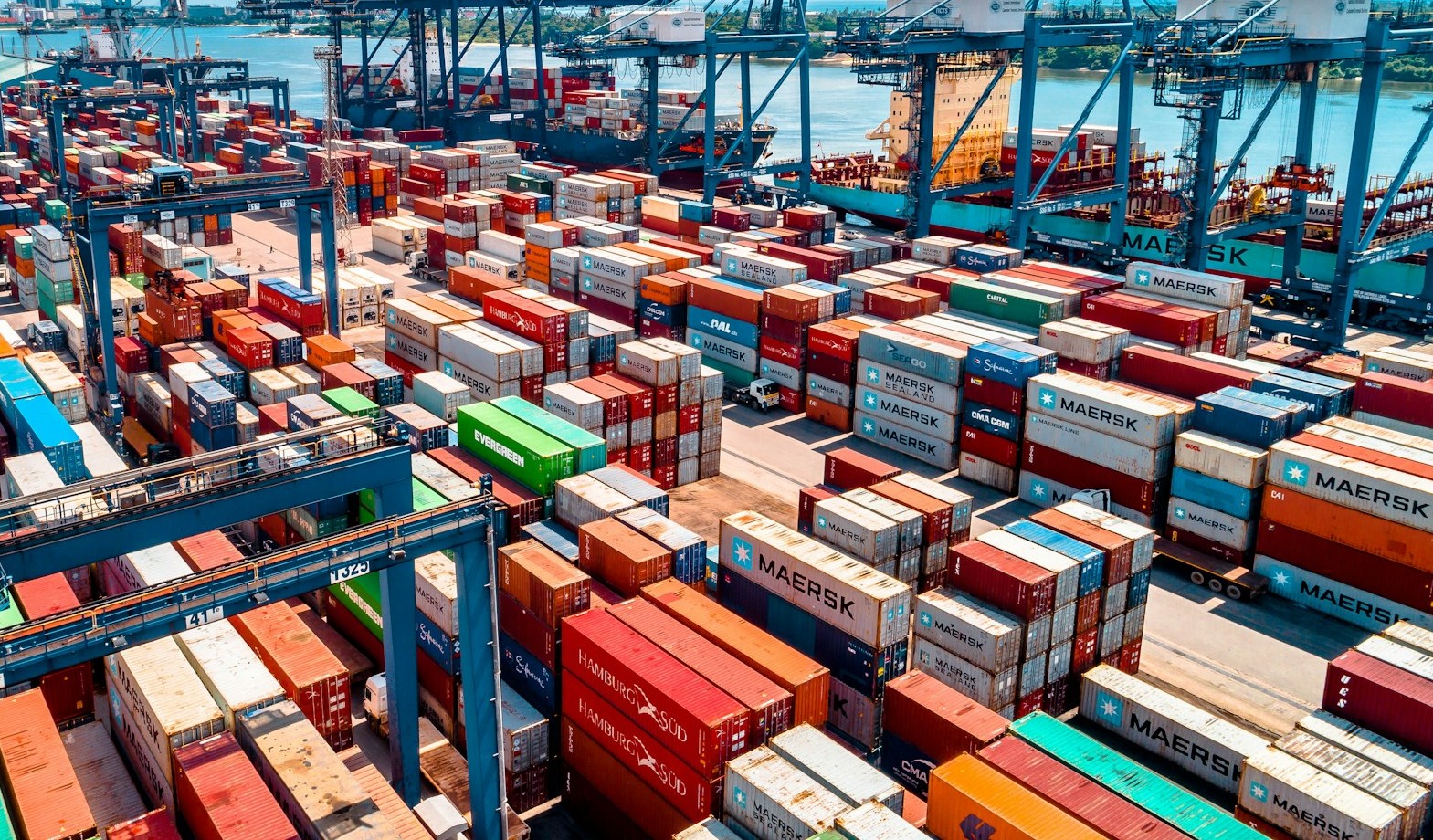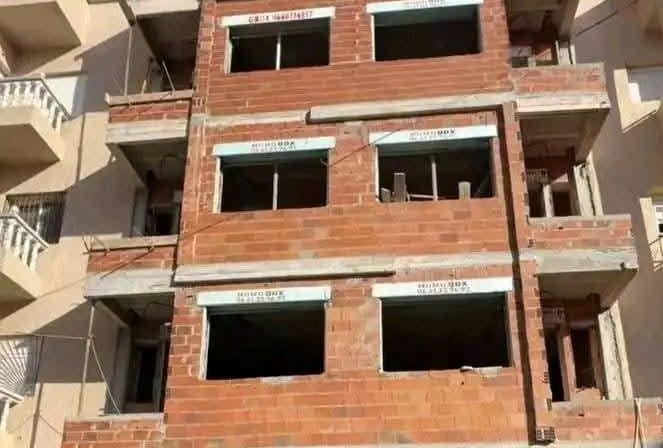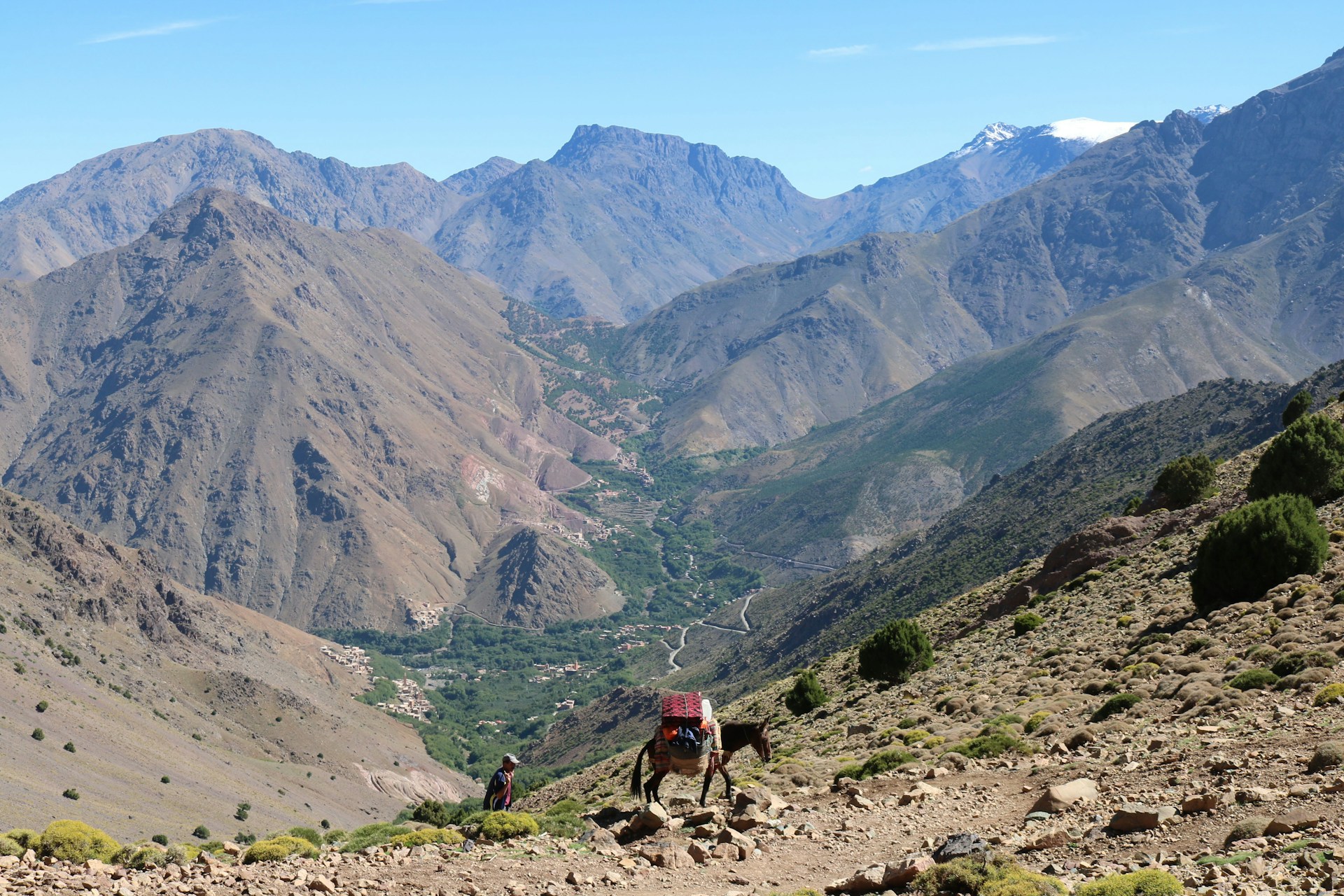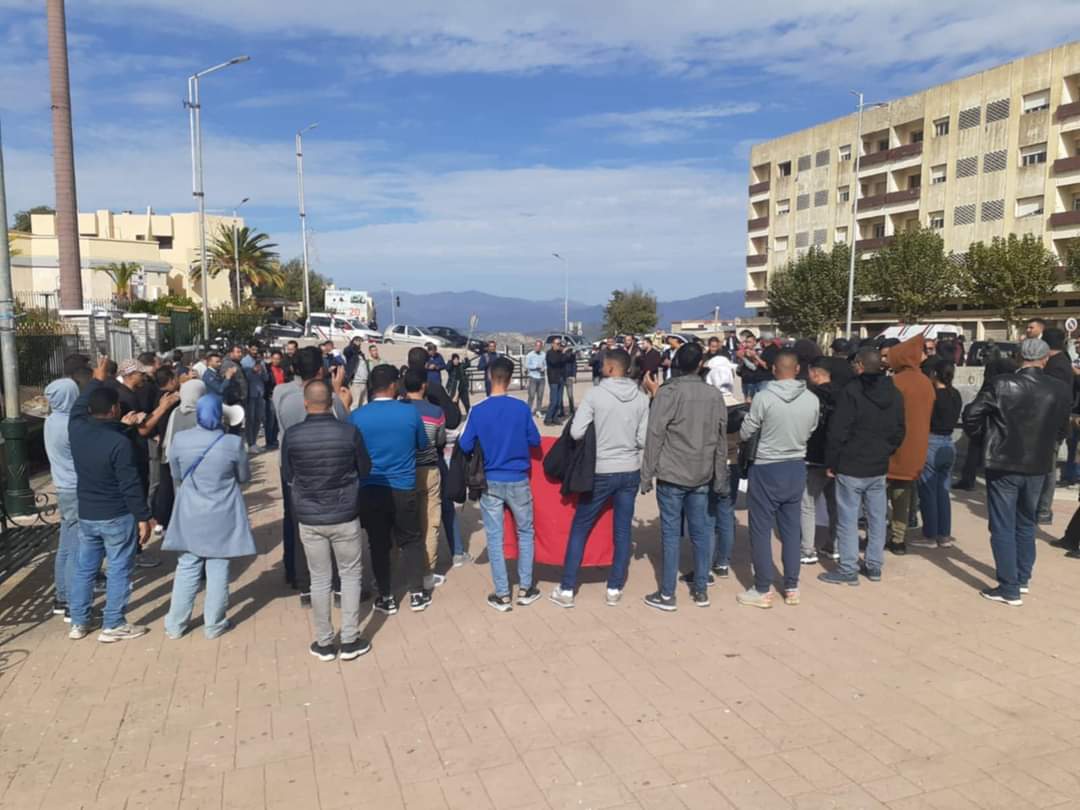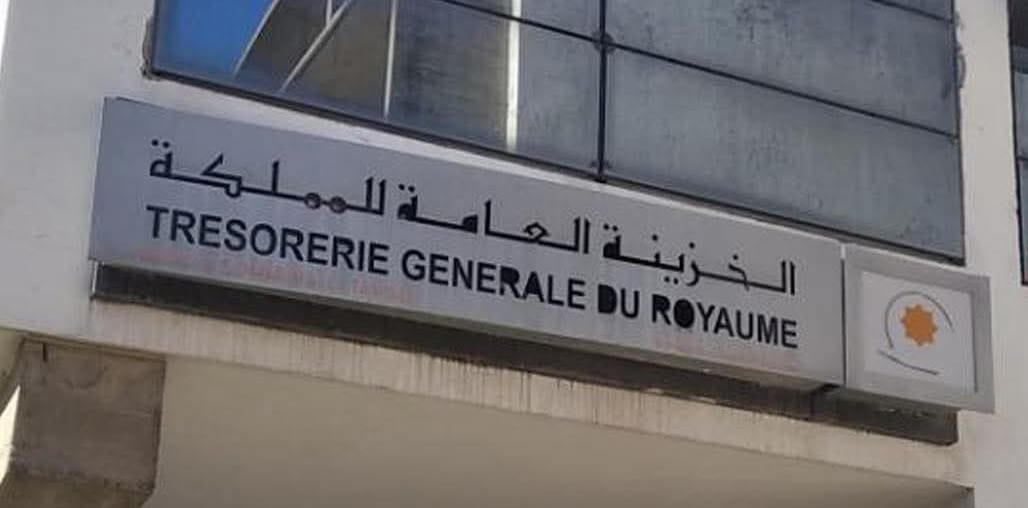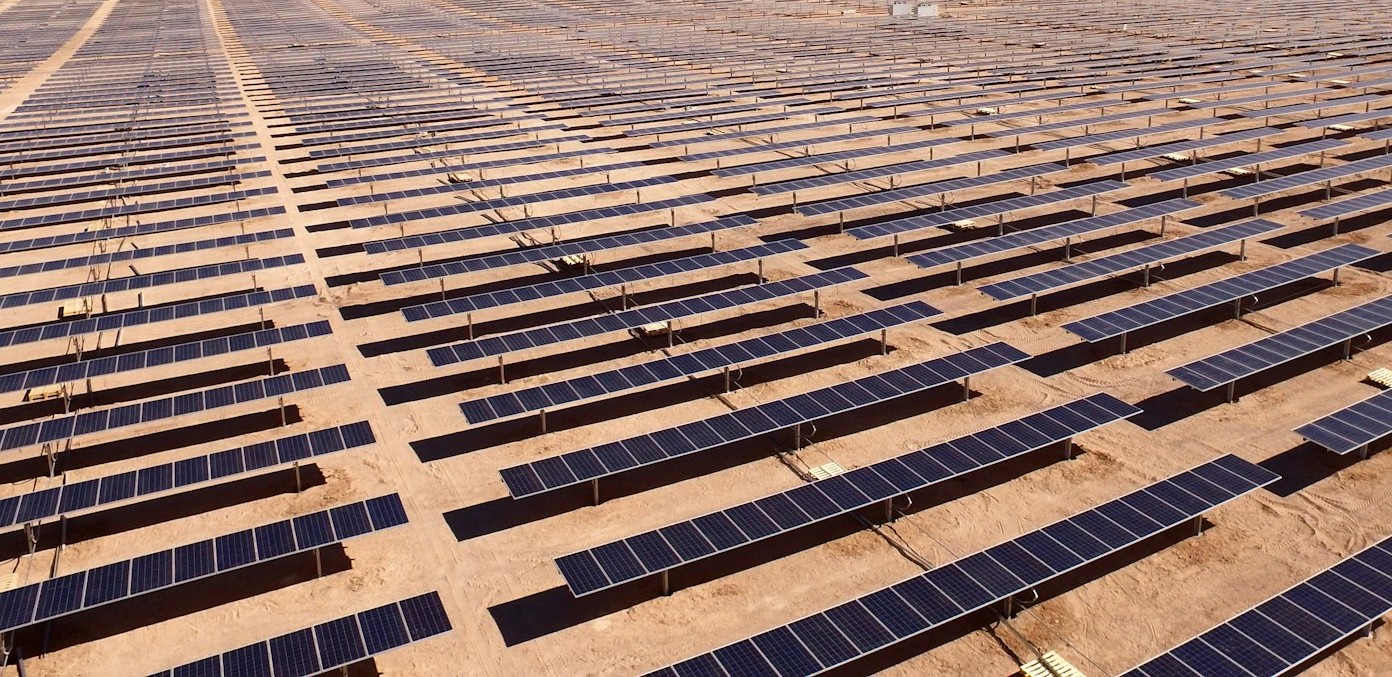Casablanca – Morocco is grappling with one of the most serious water shortages in its modern history, as years of drought, rising demand, and climate change have put unprecedented pressure on the country’s water reserves. Despite ongoing government efforts to modernize water management and enhance climate resilience, the latest data show that dam filling levels remain critically low, underscoring the urgency of implementing long-term solutions to secure the nation’s water future.
According to the latest figures from the Ministry of Equipment and Water, the total water volume stored in Morocco’s dams stood at 5.45 billion cubic meters as of early October 2025, representing 32.5% of national storage capacity. This marks a modest improvement compared to the same period last year, when the filling rate was 28.6%, but the situation remains far from reassuring. Weak rainfall, high evaporation, and increased water demand from agriculture, industry, and households continue to strain available resources.
Uneven water distribution across basins
The national averages conceal deep regional disparities. The Bouregreg Basin currently records the highest filling rate in the country at 63.3%, with 685 million cubic meters of stored water, followed by the Loukkos Basin, which stands at 47–49% (about 900 million cubic meters). By contrast, the Oum Er-Rbia Basin, one of Morocco’s largest and most vital, is in a critical state, with filling levels as low as 10%, representing just over 500 million cubic meters.
Other basins, such as Sebou, Moulouya, and Souss-Massa, also show worrying signs. The Sebou Basin, despite being one of the country’s primary water sources, has dropped to around 44% (2.4 billion cubic meters). The Moulouya Basin, which serves key agricultural areas in the east, is down to 26–29%, while Souss-Massa, in the south, has recorded only 18%, reflecting the acute water stress in regions dependent on irrigation and intensive agriculture.
This decline in water reserves has direct implications for Morocco’s water security, particularly for agriculture, which accounts for more than 70% of total water withdrawals. Many farming areas are already facing restrictions on irrigation, reduced yields, and growing uncertainty about future production.
A strategic response to a structural crisis
In response to these alarming trends, the government has launched a strategic overhaul of its national water policy, anchored in two major programs: the National Water Program (PNE), extending to 2050, and the National Program for Drinking Water Supply and Irrigation (PNAEPI 2020–2027).
The PNE provides the long-term strategic framework for integrated and sustainable water management, aiming to balance demand and supply across regions, improve governance, and protect water ecosystems. It focuses on three main priorities:
- Mobilizing conventional water resources, such as dams and inter-basin transfers.
- Developing non-conventional sources, including seawater desalination and the reuse of treated wastewater.
- Modernizing planning and monitoring tools, supported by digital systems and advanced forecasting.
The PNAEPI serves as the operational arm of this strategy, emphasizing efficiency and modernization in water use, particularly in agriculture. It supports the introduction of water-saving technologies, such as drip irrigation, remote monitoring systems, and infrastructure upgrades to reduce losses in distribution networks.
Technical assistance and modernization initiatives
To strengthen these efforts, the Ministry of Equipment and Water has launched a nationwide technical assistance project aimed at reinforcing the resilience and sustainability of water management. The initiative seeks to modernize planning systems, optimize water allocation, and develop innovative adaptation mechanisms to cope with the growing impact of climate change.
A multidisciplinary team of experts—including specialists in hydrology, hydraulic infrastructure, renewable energy, and water economics—has been mobilized to assist the ministry in designing and implementing practical solutions. The program adopts a participatory approach, involving public institutions, private operators, and local stakeholders to ensure that national strategies translate into effective, on-the-ground measures.
Among the planned interventions are the reuse of treated wastewater, the optimization of existing infrastructure, and the introduction of smart technologies for monitoring water flows and consumption patterns.
An urgent call for adaptation
Experts warn that Morocco’s water scarcity has reached a point where structural change is no longer optional but necessary. Persistent droughts, declining river flows, and the depletion of groundwater are combining to create a long-term imbalance that threatens both food security and economic stability.
To mitigate these risks, specialists are calling for accelerated investment in desalination projects, such as those planned in Agadir, Casablanca, and Dakhla, as well as the expansion of inter-basin transfer systems to redistribute water from surplus regions to those most affected by shortages.
They also emphasize the importance of public awareness campaigns and rational water consumption, particularly in urban areas, where population growth and industrial expansion are increasing demand.
Looking ahead
While Morocco has made significant progress in developing a comprehensive water policy, the challenge ahead lies in ensuring effective implementation and long-term sustainability. The success of the current strategy will depend on the country’s ability to integrate innovation, strengthen institutional coordination, and secure adequate financing for large-scale infrastructure and climate adaptation projects.
As the pressure on water resources intensifies, Morocco’s future water security will hinge on a delicate balance between economic development, environmental protection, and responsible resource management—a balance that will define the resilience of the nation in the decades to come.


